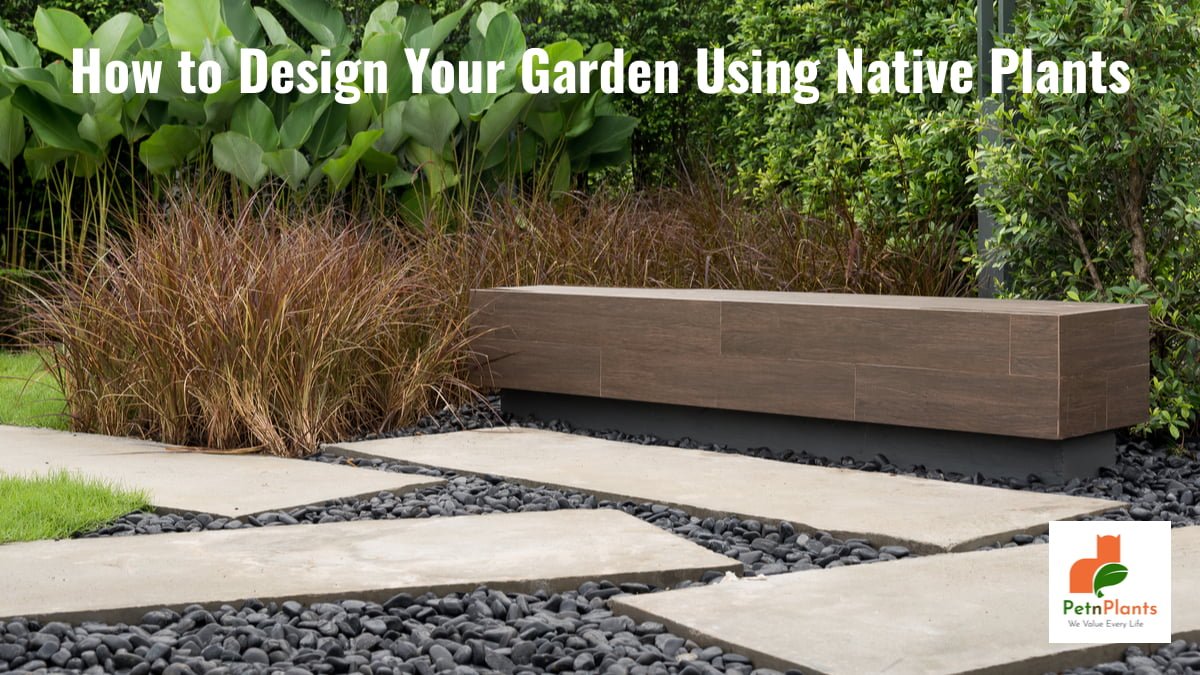Latest
Pets
Little Live Pets: Perfect friends for your kidsJuly 17, 2024
We Value Every Life

Gardening is popular among so many people all over the world. Sometimes, people want to start a new garden and sometimes, they want to know more information about their existing garden. Native plants love to grow in their natural atmosphere. So, designing a garden with native plants is a very crucial step for successful gardening.
There are several design principles to apply for your garden. Gardening is an art. So, you must keep that in your mind.
Symmetric or asymmetric designs across an imaginary line means balance for gardening . A symmetrically balanced design makes a mirror image across the midpoint.
Example: Formal English gardens often use symmetry to create balance.
Focalization guides visual direction or traffic toward a feature in the landscape. It may be simpler to say, include a focal point as you plan your garden design catalogs.
Example: A statue, ornamental bed, large tree or shrub, or point on the horizon that you want to direct people to.
Proportion is the relationship between elements.
Example: The relationship between tree height and building height, or the relationship between different plant heights in the garden.
Repetition refers to using similar elements multiple times within the landscape. This creates a sense of cohesion.
Example: Using a single tree species to demarcate a property line or border.
Rhythm in a design helps create movement. Repetition is key. Repeated use of line, color, form, or other elements create movement through an entire landscape.
Example: A winding path with curved lines helps to direct visitors through the landscape. Similarly, a pathway lined with trees (repetition) directs the visitor toward, perhaps, a fountain at the end of the walk.
Simplicity is the idea that a designer should keep only the elements that contribute to the design’s unity and coherence. It does not imply a lack of complexity or interest. If a landscape lacks organization or unity, it lacks simplicity.
Example: Focus on a single idea or garden theme and stick to it. Don’t mix and match. This usually leads to a chaotic appearance.
Transition refers to a “gradual change” in shape, size, or color.
Example: The flow in height from groundcover, to small perennial, to shrub, to tree.
Unity is the “main idea” of your landscape. Practically, this is closely related to the theme, such as cottage garden, Asian garden, or formal garden. It also considers how well the garden fits with the space or climate.
Example: Cottage gardens look informal and naturalistic, using local materials, such as trees and stone, to create garden beds and fence lines. Decide on a theme and stick to it, and you’ll likely achieve unity in your garden design.

Before you want to start a native garden, you need to consider some pre-planning works.
Location is very important for gardening. Once you’ve marked the location for your new native plant garden, spend one day to track the sun in this space. You have to notice whether you have full sun, partial sun, or full shade .
Sun and soil comprise the building blocks for any successful garden space. Get a soil test to determine the macronutrients, micronutrients, and the soil pH. Your county’s Cooperative Extension office will send your soil sample to the state lab for analysis.
You may be tempted to skip this step, but any landscape architect worth his dirt will tell you that site and soil preparation is not the area in which to skimp. Each plant must get nitrogen, phosphorus, and potassium from the soil. Soil tests should measure both phosphorus and potassium and make fertilizer recommendations. Nitrogen is not usually measured since it doesn’t last long in the soil, but the lab may make a standard recommendation.
Some soil tests will measure secondary macronutrients and micronutrients as well. All of these nutrients must be in balance for each one to be properly absorbed by the plant. Soil pH (acidic or alkaline type of soil) also affects nutrient absorption.
Here are some popular plants that you can select for your native garden.

Iris, Phlox, Anemone, Violet, Virginia bluebells
Shasta, daisy, Flax, Goldenstar, Goat’s beard
Toad lily, autumn, Crocus Cyclamen
A native plant grows naturally in the place where it belongs. In other words, its ancestors have lived there, too, for many, many generations, and it has not been altered by human breeding efforts.
Native plants benefit the local ecosystem, but they also benefit you as a homeowner and novice landscape designer: Few or no chemicals and pesticides, Increase local wildlife habitat, Reduce fertilizer use, Low maintenance (saves time and money over the long haul), Less mowing
You can buy plants from local garden centers and nurseries. Independent stores may be more likely to offer native plants than big box hardware stores. You should ask where they source their plants. As we mentioned earlier, plants that have a lineage in your local area or climate are the best options for you for the success of the plants.
Good planning can make your desired gardening an easy thing. You just make sure, you keep your plants in their natural environment and plant your favorite seasonal plants.By following these suggestions and steps, you can just enjoy colorful flowering everyday in your loving garden.
Do you want to know more about gardening? Keep your eyes regularly on our website to know many more about your interests.
Guest Blogger
0